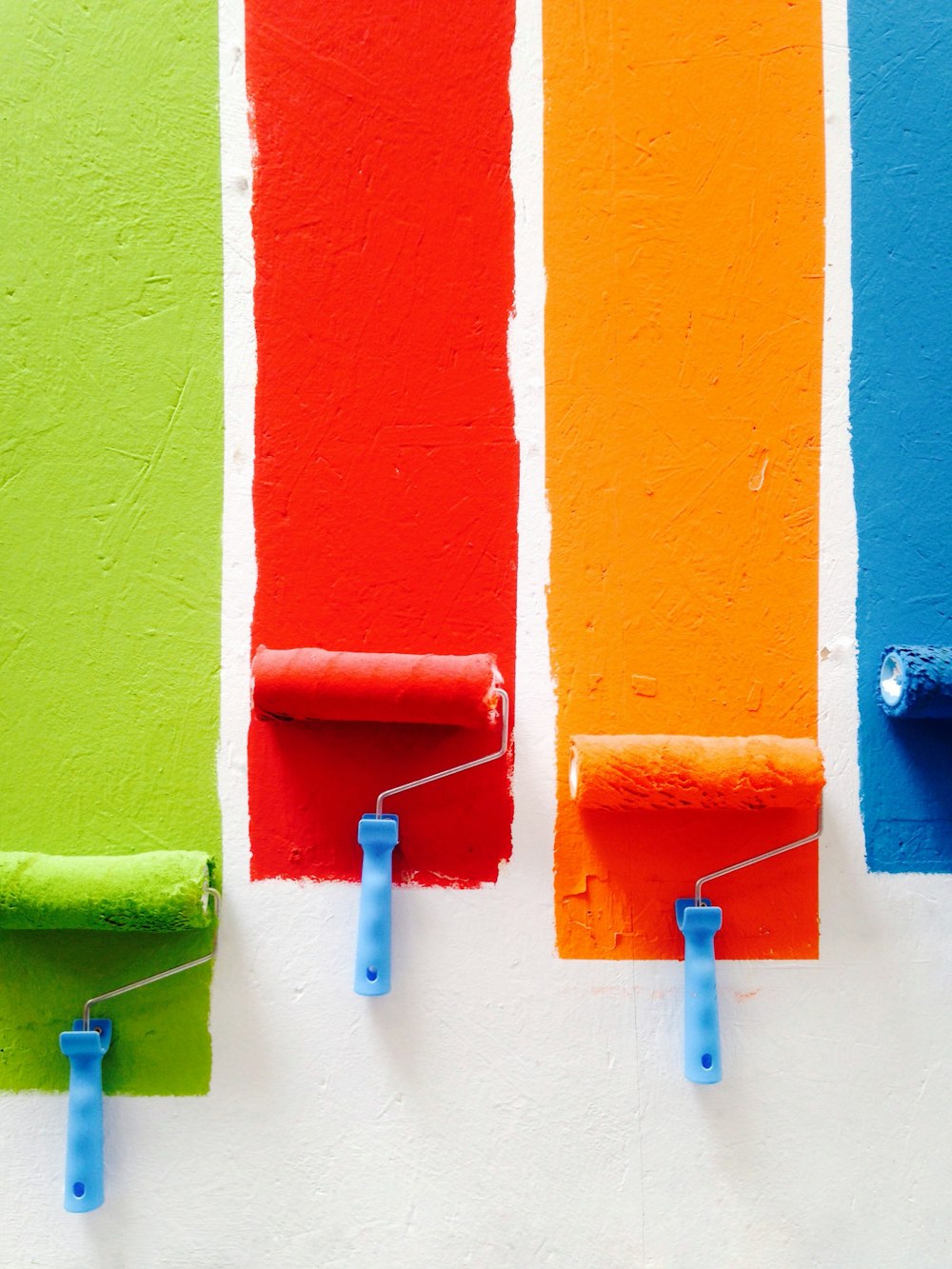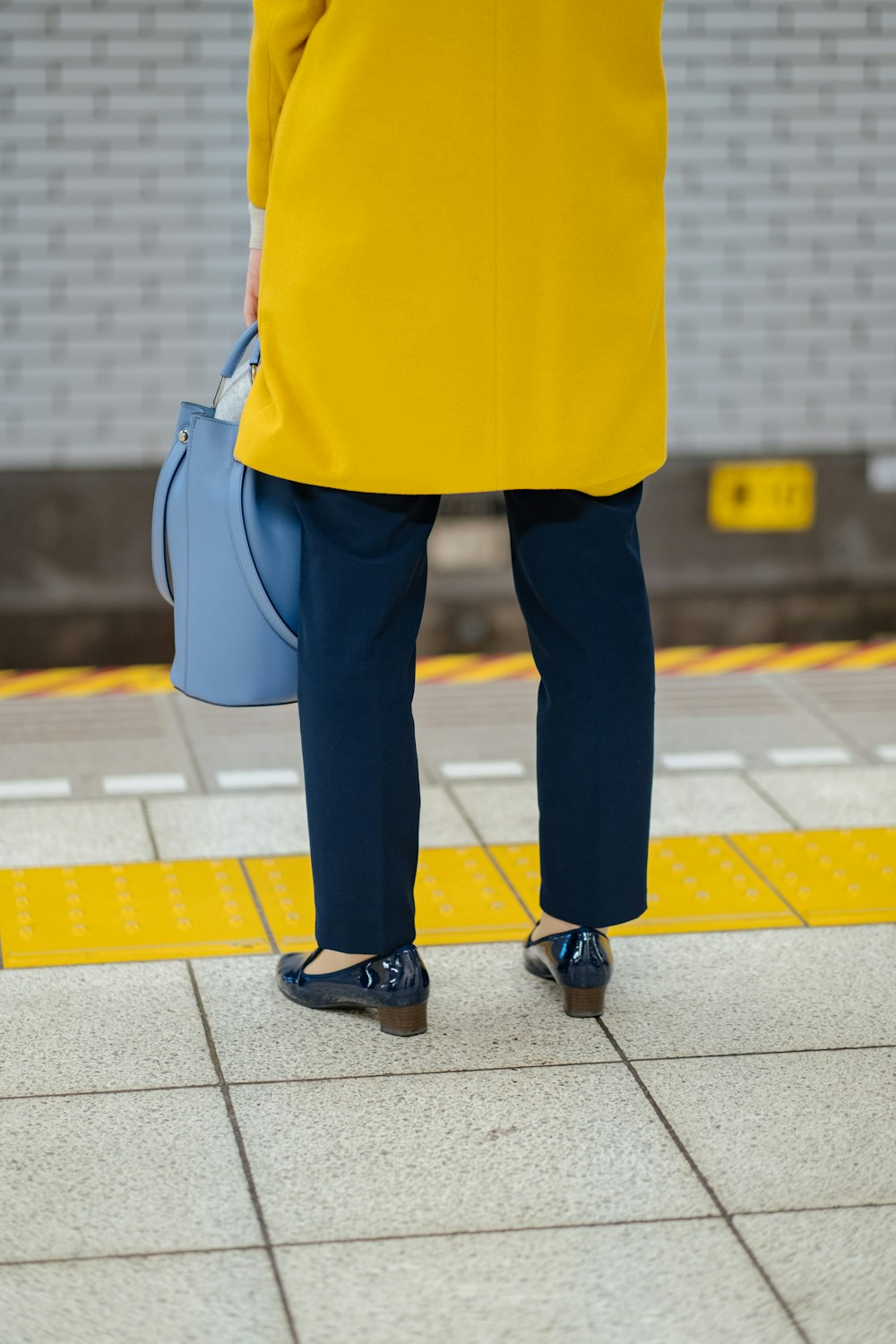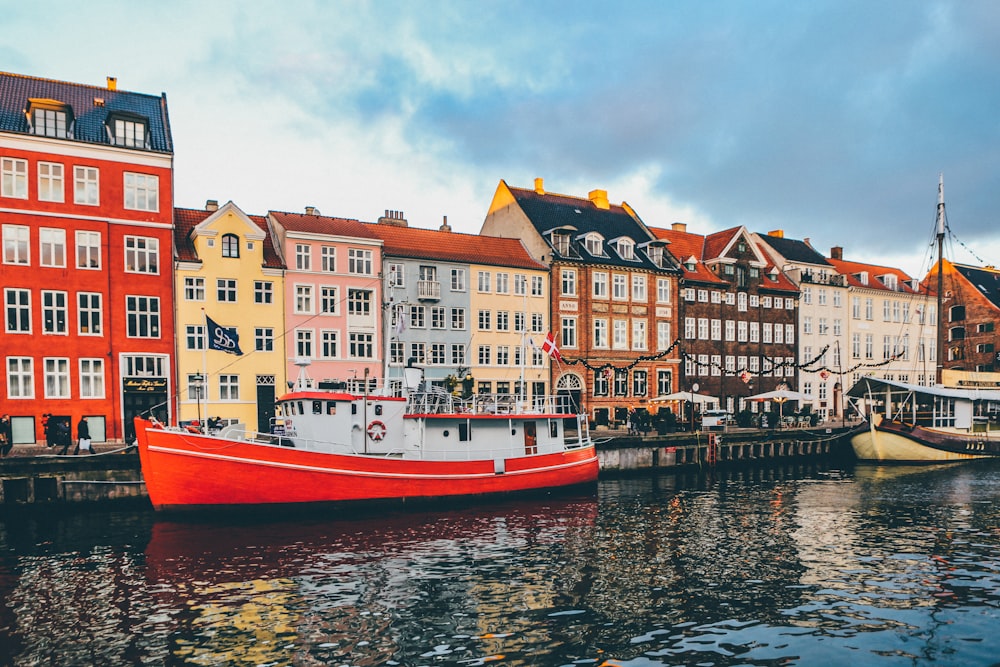The Power of Colors
Our environment has a great impact on our lives. Depending on our surroundings we feel inspired, or unmotivated, happy, or even depressed.
Rooms painted in warm or cool tones can even influence how you feel the temperature. Warm-colored walls leave you with higher temperature perceptions than cool-colored ones.
On the one hand, blue is associated with winter, cold, and rain. When someone’s lips turn blue, the person is cold.
On the other hand, warm colors like orange, yellow, or peach remind you of the sun, spring, or summertime.
Colors influence every aspect of the environment that we live in, the things we buy, the way we dress, how we decorate, and what we put on our plates.
As the seasons change, the colors change too. We dress according to the current season’s colors, decorate our homes, and buy flowers for the table.
Moods and Emotions
Emotions and attached colors are deeply rooted in our culture. When you say someone is feeling blue or has the blues, the person is sad or not feeling well.
Another saying is that if someone sees red, the person is angry. You might even see this illustrated with a red or orange emoji. However, red can also signal danger, hence choosing this color for traffic signs.
In English, green is the color of envy, in German it is yellow. Different cultures have different associations with colors.
But there is more to the topic of emotions when it comes to colors.
The colors of the indoor environment such as walls and furniture induce different emotional states.
There has been a lot of research on how colors affect our psychological state. The most common conclusion to these researches is that cool and warm colors have very different effects.
Cool colors such as blue and green are enhancing relaxation, calmness, and peace. Warm colors like red, and yellow are more energizing and activating.
This is why you choose different colors and themes for the bedroom, living room, and study. You want to be in a specific state of mind depending on what you are doing in each room.

Photo Credit: David Pisnoy
You want to be calm but inspired in your study room, to be able to focus on your tasks. Both cool, or warm colors work in a study. Choosing brighter colors is wiser, which keeps you awake and motivated while you research what to ask for in salary negotiations.
Emotions and colors have many different relationships. Another is when you want to express your emotions through colors.
You can be an amateur or an established artist. Being creative with colors through arts and crafts translates your personal style. Helps you express your feelings, a state of mind, or something that you are going through in your life.
Expressing feelings through colors helps many people to be able to work through difficult sad times, or truly embrace their happiness.
The colors around us attract and guide our attention. It is no surprise that sale and discount offers are highlighted in red or yellow. These pop out to you and grab your eyes; you instantly feel excited and hopeful of a good bargain.
This is why marketing specialists take advantage of colors, they are valuable tools.
Fashion and Beauty
When it comes to colors, one of the biggest industries that represent them is fashion and beauty.
The fashion house designer Christian Dior once said, “I could write a book about black.”, but also said “Black and white might be sufficient. But why deprive yourself of color.”
Most people wear simple, toned-down colors, a lot of black and white to blend in.
However, everyone deserves to be seen if they want to, and are open to the idea. Wearing more colors definitely helps.
If you are wary about jumping in a rainbow wardrobe, just start with some colorful accessories. Instead of buying a new black or brown bag, choose a pop of color.
This will refresh the old pieces in your wardrobe and give you further inspiration without committing to a full-color look just yet.

Photo Credit: bady abbas
It is true that not all shades of all colors fit with every person. Hair color, skin tone, face shape, body shape, and personality all contribute to determining what colors suit you.
It is a unique experience to visit a color professional. You can get color advice where a professional will tell you which colors suit you depending on your features.
A color professional places different colored kerchief against your face to decide if the color compliments your face and skin tone.
This is to see which colors enlighten your character and which ones make you look pale.
Once your colors are chosen, your palette will be determined. The color palettes are based on and named after the seasons.
After knowing if your palette is spring, summer, autumn, or winter, there are further categories for shades. These are; soft, true, light and dark to help you pick the perfect colors.
Knowing your colors will give you confidence. It is a powerful tool to help you get through difficult days.
When you are confident with matching colorful pieces for an outfit, it is much easier to dress to impress a guy or a girl on a date night.
Urban Design
Walking down the street you find gray houses in every shade. Plenty of beige and brown, and definitely a lot of white or off-white.
While many buildings can’t be altered due to historic values, a colorful streetscape would look far nicer by adding a touch of color to buildings.
The lack of colors in the urban palette can make places feel dull and lifeless.
Our obsession with muted colors in our cities is deeply rooted in our cultures. In some European and American cultures, white is often associated with good and pure, while colors symbolize the primitive and superficial.
When an area is neglected, buildings look even more gray and dull. The streetscape is puritan, sidewalks have no furniture, trees or flower beds are not planted, and littering is a problem. This won’t be a place that draws people in.
Thus, neglected areas like that attract crime, drug and alcohol use, corruption, and a weak economic outlook.
This was the case in Tirana, Albania. Then came a new mayor in 2000, and he ordered bright colorful paint to be applied throughout the city. This investment in the public realm got so successful, that other public and private buildings followed and got a fresh lick of colorful paint too.
The results were surprising, to say the least. City dwellers stopped littering, and vandalism levels dropped. People started gathering in cafes and slowly claimed that the streets felt safer.
By applying that pop of color in the city, people took ownership of the place and started looking after their environment. Solutions centered around good design and community participation are as powerful as the colorful environment.
The feeling of belonging paired with the joy of spreading colors result in unexpected outcomes.
There is growing research that shows a clear link between the quality of the environment that surrounds us and our mental health.
When you visit Denmark or Norway, you will discover that colorful houses have a huge trend and how they soften the landscape.

Photo Credit: Nick Karvounis
The Nordic countries are gray and cold for most of the year. Adding colors to the public realm instantly makes the environment visually more pleasing and fills people with hope and happiness.
Eating the Rainbow
Colors enlighten our lives. They make things interesting, enjoyable, and exciting. A dinner table full of colorful fruit and vegetable dishes is a sight for the sore eye.
Have you had your fruits and vegetables today?
It is suggested that we should eat fruits and vegetables in every color of the rainbow.
Having a colorful diet is important to ensure that your vitamin intake is varied.
Although there are plenty of health benefits of eating a rainbow diet, it can get very tricky to get every color every day of every week. Even though globalization means that you can get even the rarest fruits and vegetables in the supermarket, it can become straining and pricey to supply them.
Adjusting the rainbow diet and eating seasonal and locally grown fruits and vegetables is a much easier, healthier, and sustainable way to go about it. However, heavy urbanization is an obstacle to sourcing local produce or growing your own fruit and veg in your home.
Looking up urban farms and small businesses is a great way to source your food. If these are not an option for you, when you shop in the supermarket, check on the packaging where the produce is coming from. Aim to buy the one that is coming from the closest area to you.
Once you have all the ingredients for your dinner, it is time to cook a dish that will also please the eyes. When a dish is colorful, it induces your digestion and you will be more likely to eat the food with joy.

